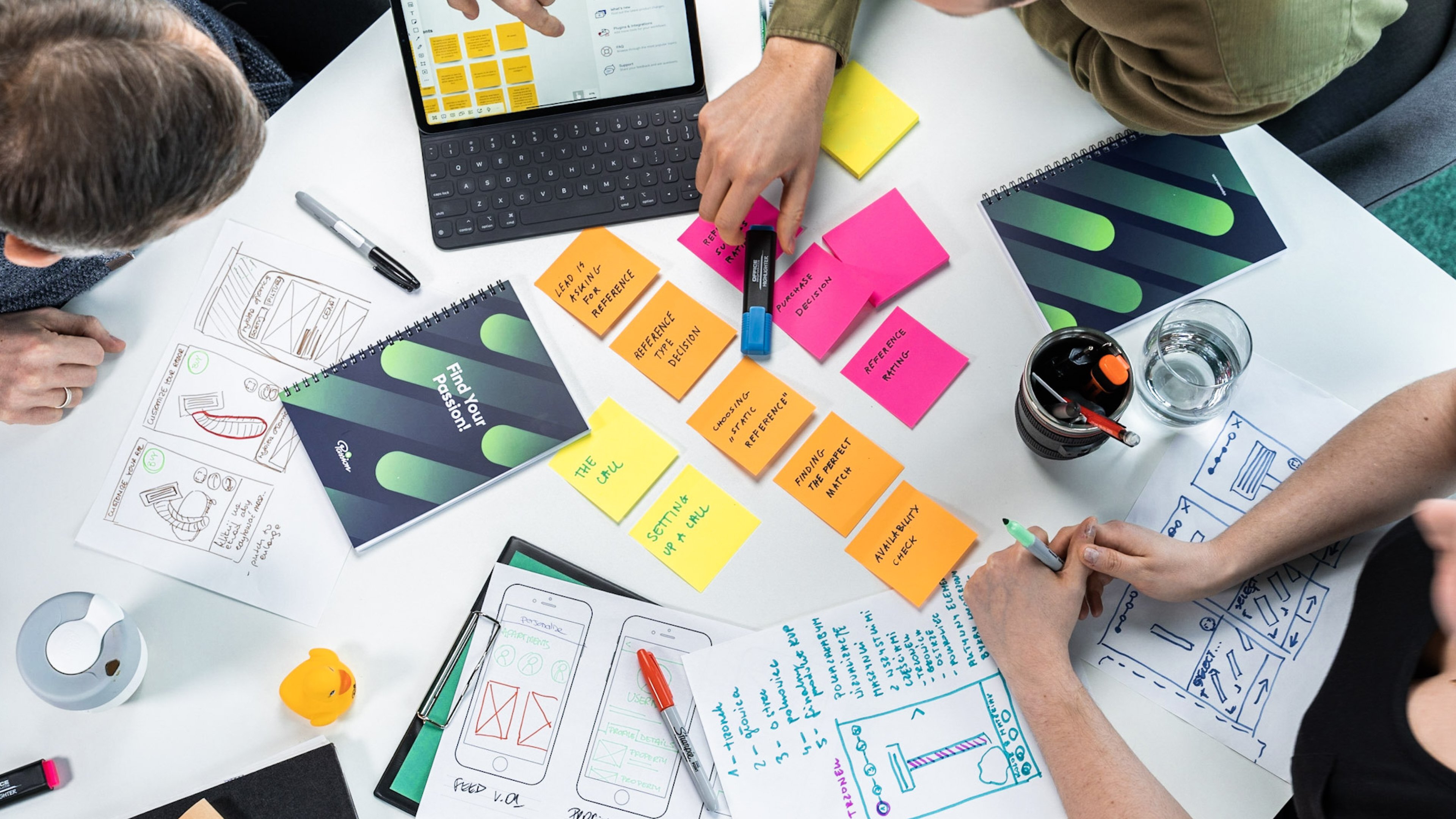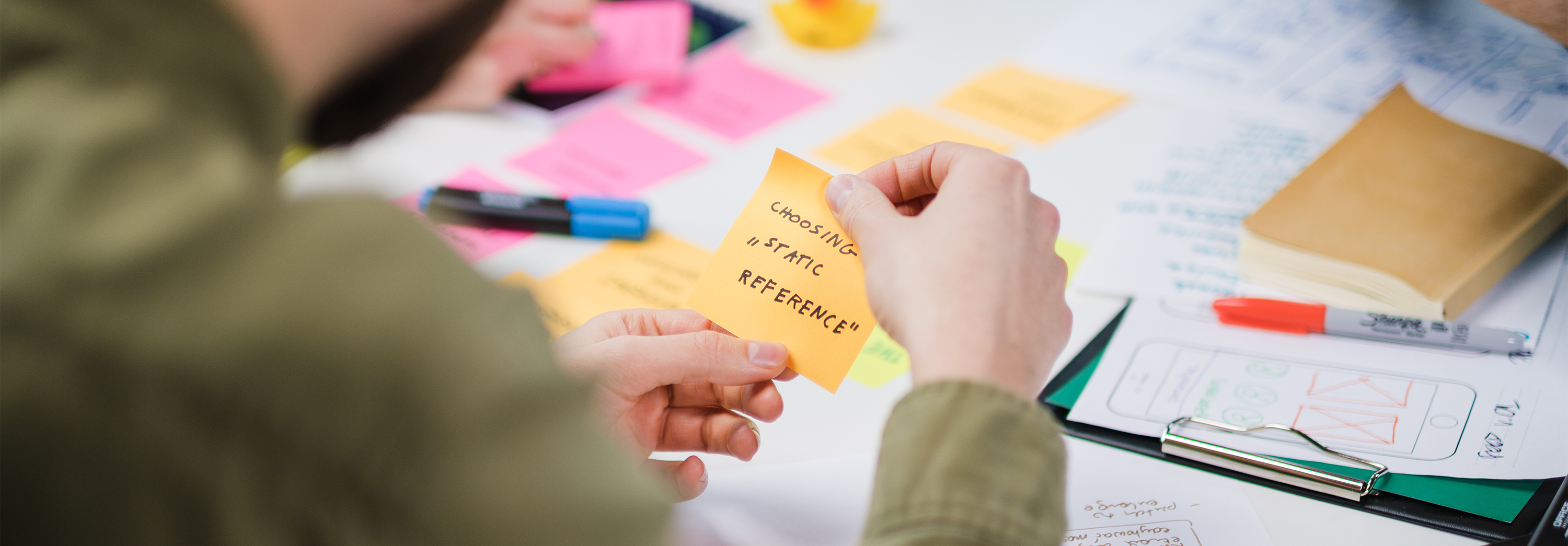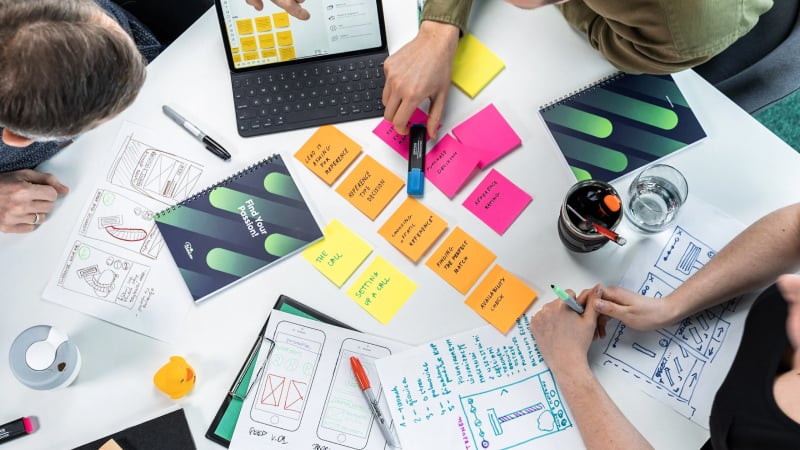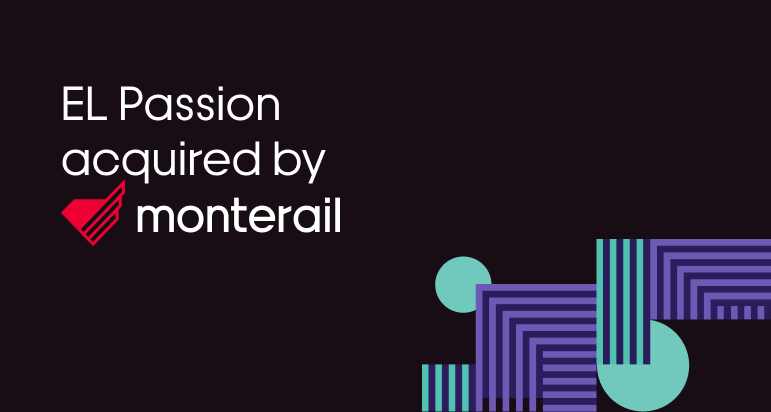5 June 2020 (updated: 7 December 2021)
Your Digital Product Needs a Product Design Workshop to Scale
Chapters

A Product Design Workshop helps you strategize, prioritize and reduce risks in design and development.
Ok, so you have a trailblazing digital product idea, now what?

Maybe you’ve done some research, maybe you’ve held meetings and agreed with your stakeholders on your project’s supposed essentials, maybe you’ve got a brief already, maybe you’ve even googled it and that’s why you’re here. But everyone who’s ever worked on a software development project will tell you:
Before putting your hard-earned money into product development, it is vital to give your idea yet another quick check.
What the Product Design Workshop is for?
A Product Design Workshop is like your favourite cocktail; just the right amount of UX strategy, design thinking, behavioural science, and more. Wrapped up into a tested and time-efficient process that will help you to:
- get to know or confirm your users’ needs and elicit effective solutions,
- plan and divide the development process into stages,
- keep the project in line with your budget,
- mitigate the risk of the unexpected during the development.
Domain knowledge & technical expertise meeting for the first time
A Product Design workshop is a perfect and probably the most time-efficient way to clash your vision with the reality of building digital products. You are an expert in the field, with the domain knowledge of your business.
For the designers or developers participating in the workshop, although it might be their very first time they encounter the problem you’re trying to solve, they possess the knowledge about the technical, ecosystem or customer constraints involved in digital product development.
Vision clash is the key element here: you confront your domain knowledge with their technical expertise to deliver the best product possible. Together, you can decide on the best technology to develop your project, access how big of a team you’ll need and how much time and money it will take to deliver the first version to the end-user.

Split the product’s growth into stages
Somehow, every new business founder’s secret wish is to give your users everything you have and, preferably, all at once. But this often results in a massive backlog, overbearing cost estimation, and an app that takes a lot of time, but more importantly, a lot of money, to get on the market.
The main role of a well-conducted Product Design Workshop is to use research and research-based methods to help you divide your product development into relevant and manageable stages (from the money & tech perspective) that will also make your idea profitable business-wise as soon as possible.
Dividing the project’s focus into short-term, mid-term and long-term goals gives you more space to manoeuvre and react to the market changes. You can react to your users’ direct feedback and scale your business accordingly.
Establish a doable and profitable MVP scope
Time-to-market may be your competitive advantage, if well thought-through. A quicker MVP, even if some advanced elements get pushed to the second stage, allows your users to be introduced to your brand new solution quicker. And to you, it’s a chance to monetize your solution quicker.
At EL Passion, a two-day workshop allowed us to build a solid foundation and mutual understanding that resulted in an MVP prototype delivered in just 2 weeks. With the traditional process approach, this tempo would not be possible.
Thinking now will save you time & money later
Apart from accelerating the project quickly, a workshop is a high-intensity meeting, where the team can talk risks, and decide on the vital project points. From experience, we know there are some elements that not all stakeholders agree on. Treat a workshop as an opportunity to find solutions supported by everyone at the table (sometimes it’s not possible, and then you can go with the next-best thing: an old school compromise).
But it is worth it. Reaching a consensus on the project’s core functionalities will speed up the actual development and can minimize changes you’ll want to make later in the project.
Thanks to a Product Design Workshop conducted by EL Passion UX designers, our clients usually save a thousands of Euros in design & development costs, just by cutting the features that despite being on the initial brief, proved to be secondary for the app target users, especially on the stage of the app entering the market.
The workshop is not a magic pill to all your software development troubles, but it’s a good anti-risk cushion with proven results to:
- accelerate your product development quicker & more efficiently,
- help to reach a consensus on the critical strategic points, finding the best possible solution from both: the user’s perspective and your business standpoint,
- reduce the project’s scope creep (so the ever-expanding list of features to be developed before the release).
Check out also
- Case Study: Unlocking The Power of a Remote UX Workshop to see how we helped scope our client's product only through virtual collaboration





